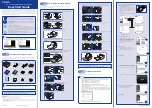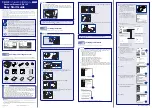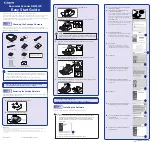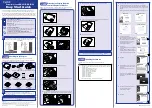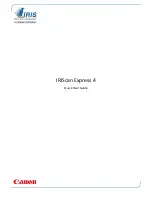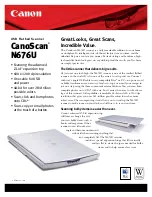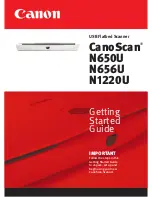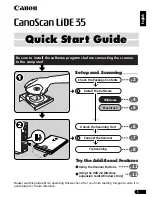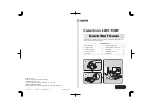
2. In USB mode, the scanner identifies itself as a USB Keyboard Wedge
peripheral. And the USB host is the Point of Sale system, which is
responsible for configuring the device and handling its input. When the
code is scanned, the QR code is sent to the USB host as a series of
key presses.
3. In Bluetooth mode, the scanner identifies itself using the Bluetooth HID
protocol as a keyboard. When the code is scanned, the QR code is sent
over the Bluetooth interface to the host device.
Note that of these three modes, serial and USB are hot swappable (i.e. can be
changed while the scanner is running). The Bluetooth, however, has one minute
to pair with a host after it has booted until the Bluetooth radio is shut down.
This is to prevent unwanted users from pairing with the device.
Once the QR code has been transferred from the scanner to the Point of Sale
system, the scanner resumes looking for QR codes, and once again glows in its
breathing pattern and completed the sales cycle.
F
CC Warning
This device complies with part 15 of the FCC Rules. Operation is subject to the following
two conditions: (1) This device may not cause harmful interference, and (2) this device
must accept any interference received, including interference that may cause undesired
operation.
NOTE 1: This equipment has been tested and found to comply with the limits for a Class C
digital device, pursuant to part 15 of the FCC Rules. These limits are designed to provide
reasonable protection against harmful interference in a residential installation. This
equipment generates, uses and can radiate radio frequency energy and, if not installed
and used in accordance with the instructions, may cause harmful interference to radio
communications. However, there is no guarantee that interference will not occur in a
particular installation. If this equipment does cause harmful interference to radio or
television reception, which can be determined by turning the equipment off and on, the
user is encouraged to try to correct the interference by one or more of the following
measures:
-Reorient or relocate the receiving antenna.
-Increase the separation between the equipment and receiver.
-Connect the equipment into an outlet on a circuit different from that to which the receiver
is connected.
-Consult the dealer or an experienced radio/TV technician for help.
NOTE 2: Any changes or modifications to this unit not expressly approved by the party
responsible for compliance could void the user’s authority to operate the equipment.



